Ceretto Barolo Brunate 2020
-
James
Suckling -
Robert
Parker -
Wine
Enthusiast - Vinous
-
Wine
Spectator



Product Details
Your Rating
Somm Note
Winemaker Notes
One of the most emblematic cru of the DOCG Barolo, this wine has expressive floral notes and subtle smokiness on the nose, with round and slightly sweet tannins on palate, in the words of winemaker Alessandro Ceretto, wines from Brunate are typically fruit-forward and floral with silky tannins and a classic Nebbiolo bouquet.
Blend: 100% Nebbiolo
Professional Ratings
-
James Suckling
Fantastic tension and concentration give this superbly balanced wine a memorable profile that will bring pleasure for years to come. Intricate layers of raspberries, cranberries, minerals and orange peel leave a lingering finish. Best from 2028.
-
Robert Parker's Wine Advocate
This wine sources its fruit from one of the headline vineyards in La Morra. Ceretto is indeed lucky to have such a beautiful site, which measures 5.6 hectares. The 2020 Barolo Brunate, made with organic fruit, is a wine of energy and tension. This vintage delivers extra power as well. It proceeds over the palate with pretty tightness and texture, underlined by finesse and length. Red and purple fruits abound, as do light shadings of earth and spice.
-
Wine Enthusiast
This Brunate, from one of La Morra's most esteemed crus, is an instant classic. The nose is a collage of crushed cherries, cranberry, and a whisper of blood orange zest, that stimulates the senses. On the palate, the wine is impeccably balanced, with well-integrated tannins providing a solid structure for the complex array of flavors of aged tea, pink rose petals and pomegranate. The finish is long and satisfying, showcasing the cru's signature beauty. Drink 2026 - 2045.
-
Vinous
The 2020 Barolo Brunate is delicate, quiet and understated, with lovely fruit purity and fine balance. Sweet red cherry fruit, blood orange, mint and cinnamon are all nicely lifted. This is an especially refined wine for Brunate that very much reflects the decision to pick early.
-
Wine Spectator
Silky and perfumed, this red features strawberry, cherry, rose and mineral aromas and flavors that are underlined with a solid base of tannins, showing excellent harmony and finesse. Turns spicy on the mouthwatering finish, with accents of black pepper. Best from 2027 through 2045.
Other Vintages
2019-
James
Suckling -
Robert
Parker -
Wine
Enthusiast
-
Robert
Parker -
Wilfred
Wong -
James
Suckling -
Wine
Spectator -
Wine
Enthusiast
-
James
Suckling -
Robert
Parker -
Wine
Spectator
-
Robert
Parker -
James
Suckling -
Wine
Spectator -
Wine
Enthusiast - Decanter
-
James
Suckling -
Robert
Parker -
Wine
Enthusiast -
Wine
Spectator - Decanter
-
James
Suckling -
Robert
Parker -
Wine
Enthusiast -
Wine
Spectator
-
Wine
Spectator -
Robert
Parker -
Wine
Enthusiast
-
Robert
Parker
-
Robert
Parker -
Wine
Spectator - Decanter
-
Wine
Enthusiast
-
Robert
Parker -
Wine
Enthusiast -
James
Suckling
-
Robert
Parker -
Wine
Spectator
-
Wine
Enthusiast -
Robert
Parker -
Wine &
Spirits -
Wine
Spectator
-
Wine
Spectator -
Wine
Enthusiast -
Wine &
Spirits
-
Wine
Spectator -
Robert
Parker
-
Wine
Spectator -
Wine
Enthusiast -
Wine &
Spirits -
Robert
Parker
-
Wine
Spectator -
Wine &
Spirits
-
Wine &
Spirits
-
Wine &
Spirits -
Wine
Spectator -
Robert
Parker
-
Wine
Spectator -
Robert
Parker
-
Wine
Spectator
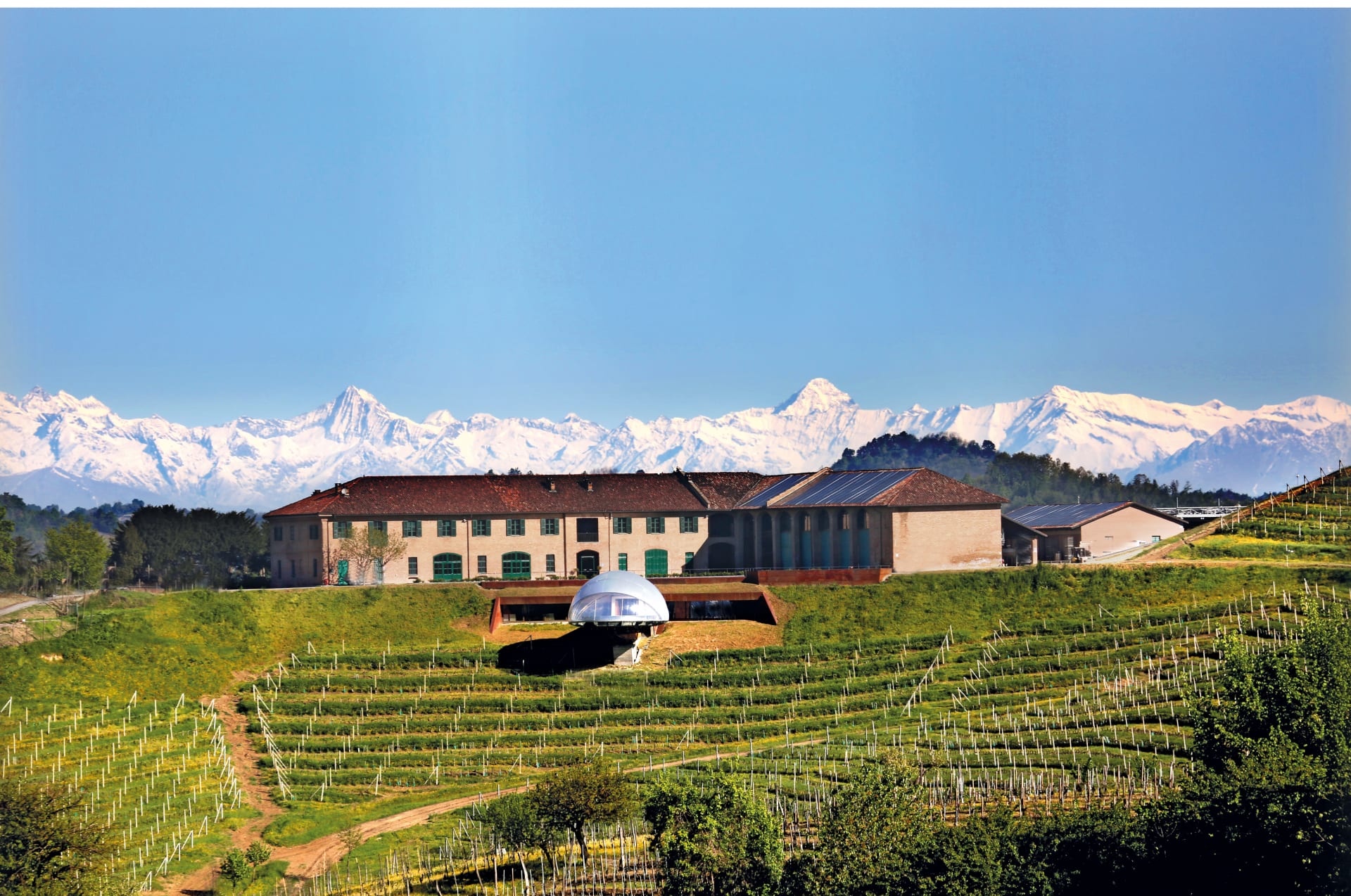
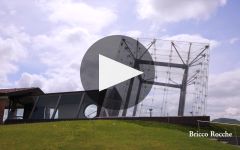
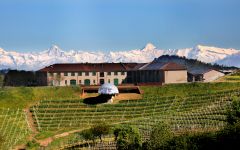
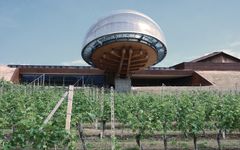
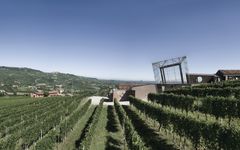

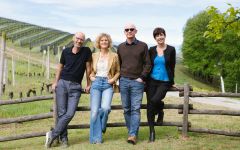
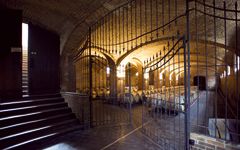
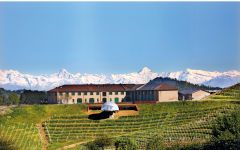

"The Langhe hills of Piedmont constitute that area of northern Italy where the wide and flat Pò river valley suddenly disappears and gives way on all sides to hulking and precipitous slopes. The Langhe hills are more than hills. They are ancient and rugged earth. Their narrow peaks are topped by castles, and they are thick to the horizon with grapevines. The Langhe hills are home to a small group of farmers and winemakers who, together, have succeeded in creating some of the planet’s finest expressions of place.
The Ceretto family is among that fortunate group. For three generations members of the Ceretto family have transformed the fruit of the Langhe’s vineyards into wines that speak of the regions identity. The famed Italian gastronome and intellectual Luigi Veronelli wrote, ""The land, the land, the land, the land, always, the land."" This philosophy is central to the Ceretto family. Reverence for this land has passed from Riccardo, who blended fruit from the region’s best vineyards, to Bruno and Marcello, who purchased Langhe vineyards and began bottling single crus, and finally to Alessandro, who is taking the winery into the 21st century by using natural methods to foster vines that are stronger, healthier, and more in balance with their environment. The Ceretto family has always been committed to producing the most expressive and authentic wines their land can yield."

Responsible for some of the most elegant and age-worthy wines in the world, Nebbiolo, named for the ubiquitous autumnal fog (called nebbia in Italian), is the star variety of northern Italy’s Piedmont region. Grown throughout the area, as well as in the neighboring Valle d’Aosta and Valtellina, it reaches its highest potential in the Piedmontese villages of Barolo, Barbaresco and Roero. Outside of Italy, growers are still very much in the experimentation stage but some success has been achieved in parts of California. Somm Secret—If you’re new to Nebbiolo, start with a charming, wallet-friendly, early-drinking Langhe Nebbiolo or Nebbiolo d'Alba.

The center of the production of the world’s most exclusive and age-worthy red wines made from Nebbiolo, the Barolo wine region includes five core townships: La Morra, Monforte d’Alba, Serralunga d’Alba, Castiglione Falletto and the Barolo village itself, as well as a few outlying villages. The landscape of Barolo, characterized by prominent and castle-topped hills, is full of history and romance centered on the Nebbiolo grape. Its wines, with the signature “tar and roses” aromas, have a deceptively light garnet color but full presence on the palate and plenty of tannins and acidity. In a well-made Barolo wine, one can expect to find complexity and good evolution with notes of, for example, strawberry, cherry, plum, leather, truffle, anise, fresh and dried herbs, tobacco and violets.
There are two predominant soil types here, which distinguish Barolo from the lesser surrounding areas. Compact and fertile Tortonian sandy marls define the vineyards farthest west and at higher elevations. Typically the Barolo wines coming from this side, from La Morra and Barolo, can be approachable relatively early on in their evolution and represent the “feminine” side of Barolo, often closer in style to Barbaresco with elegant perfume and fresh fruit.
On the eastern side of the Barolo wine region, Helvetian soils of compressed sandstone and chalks are less fertile, producing wines with intense body, power and structured tannins. This more “masculine” style comes from Monforte d’Alba and Serralunga d’Alba. The township of Castiglione Falletto covers a spine with both soil types.
The best Barolo wines need 10-15 years before they are ready to drink, and can further age for several decades.
